1. The Toba Supervolcano
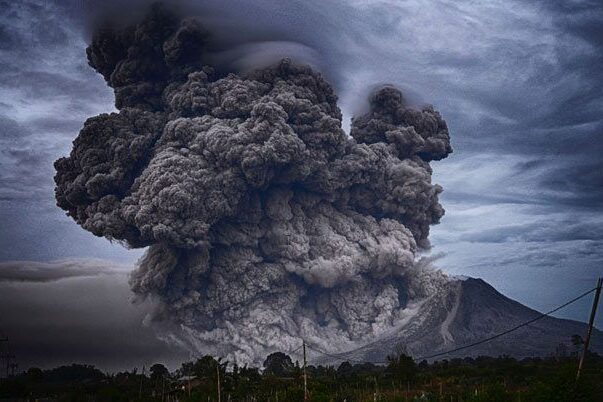
Sometimes it feels like humanity has always been balancing on the edge of survival. Around 74,000 years ago, the Toba supereruption in present-day Indonesia released a climate-altering blast that may have plunged Earth into a volcanic winter. The skies darkened, crops failed, and global temperatures dropped. Evidence suggests the human population bottlenecked to as few as 1,300 individuals. That is not a continent, not a nation, just a small community. From that fragile beginning, humanity managed to endure, adapt, and grow. It is a sobering reminder of how close we once came to losing it all.
2. The Black Death (1347 to 1351)
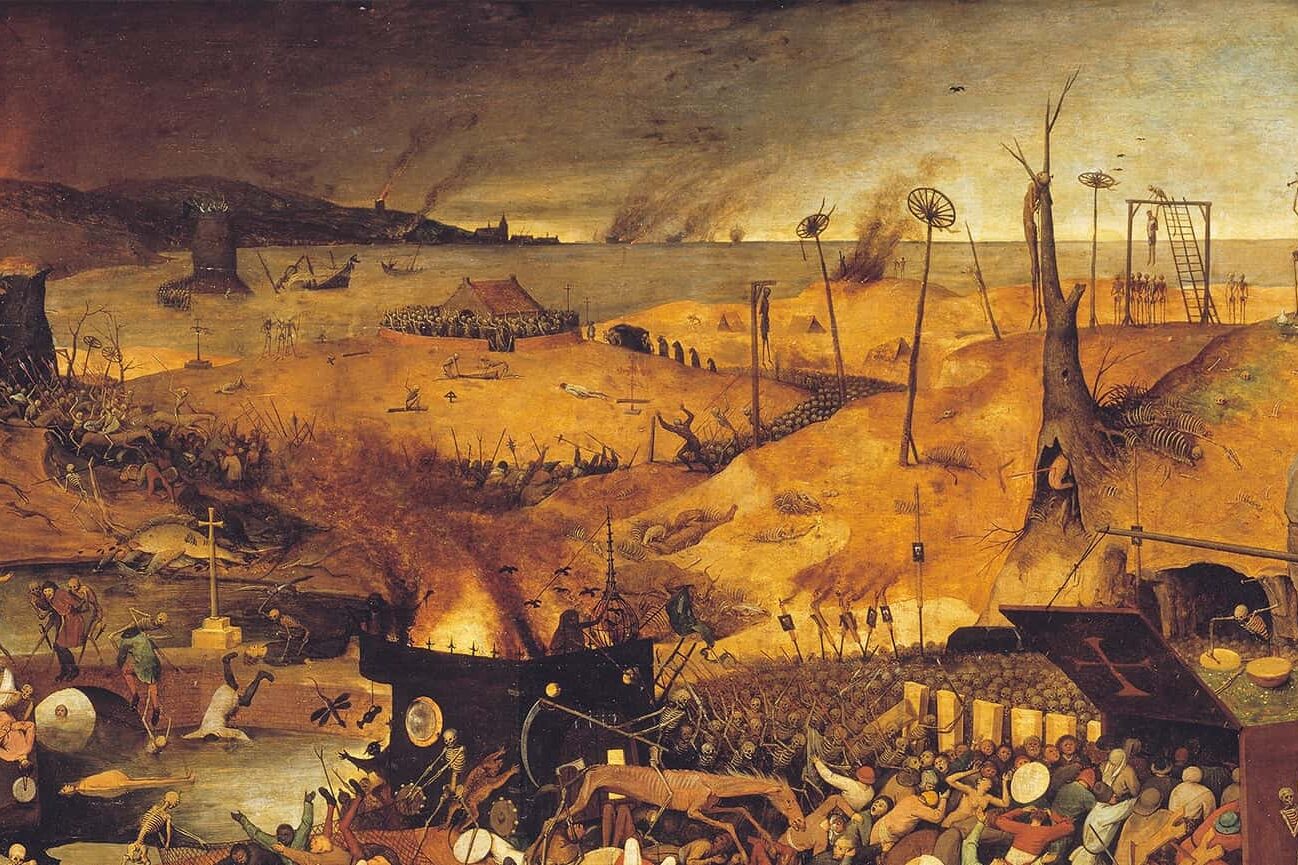
In the Middle Ages, the bubonic plague struck with a ferocity that reshaped civilization. Spread through fleas and rats, it swept across Europe and killed millions in just a few years. Entire villages were abandoned, families vanished overnight, and societies faced upheaval. Estimates say the plague killed more than half of Europe’s population. Fields went unplowed, faith in institutions faltered, and economies collapsed. Yet, from this devastation came unexpected change. Labor became more valuable, social structures shifted, and survivors began building new systems. The Black Death nearly ended life as it was known, but resilience carried humanity forward.
3. The Spanish Flu (1918 to 1919)
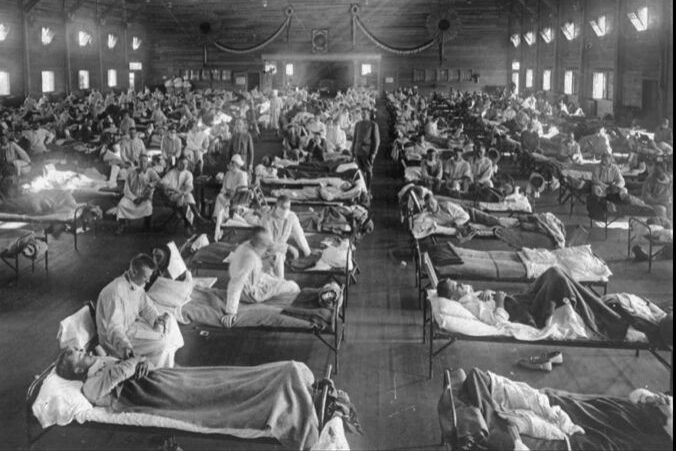
After the First World War, the world faced another devastating blow in the form of the Spanish Flu. This pandemic infected a third of the global population within two years. It did not spare the young or strong, claiming millions of lives in crowded cities and remote villages alike. Families watched loved ones fall ill overnight, and fear swept across continents. Some estimate up to 50 million deaths, more than the war itself. Streets emptied, schools closed, and grief was everywhere. Yet the human spirit endured. Communities rebuilt, medicine advanced, and the world slowly found its rhythm again.
4. The Younger Dryas Impact Hypothesis
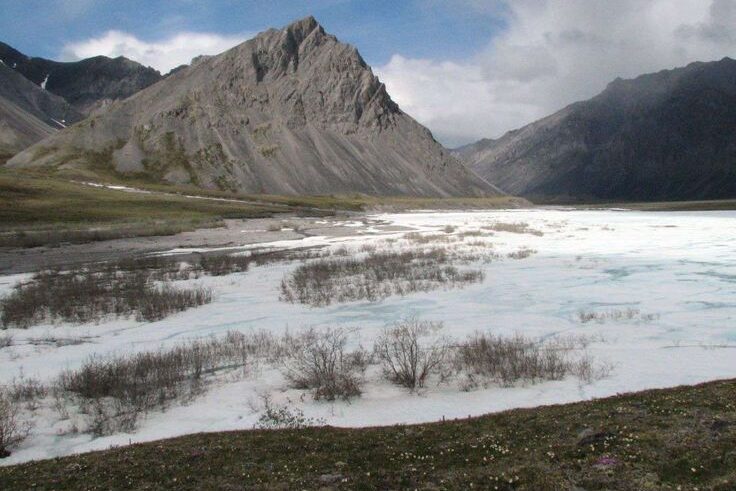
About 12,800 years ago, something changed the planet dramatically. The Earth suddenly cooled, ushering in a period scientists call the Younger Dryas. Hunting grounds disappeared, crops failed, and many large animals vanished forever. Some researchers believe the shift was triggered by a comet or asteroid strike, while others point to natural climate swings. Whatever the cause, it forced humans to adapt quickly to survive. Entire cultures were tested, and migration became essential. This near catastrophe shows how early humanity had to continually respond to forces far beyond its control, learning resilience that would shape generations to come.
5. The Permian Triassic Extinction
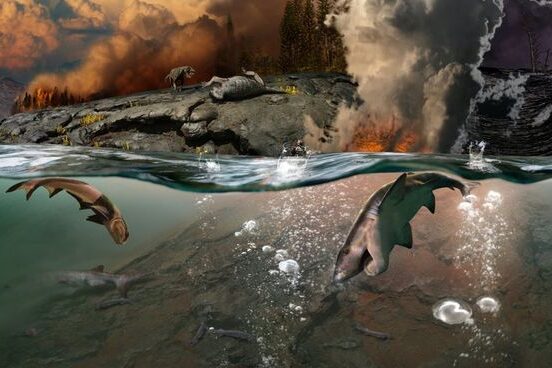
Long before humans, life on Earth faced its greatest trial. About 252 million years ago, volcanic eruptions caused massive environmental collapse in what is called the Permian Triassic extinction. Oceans acidified, skies darkened, and nearly all living things vanished. Scientists believe about 90 percent of marine life and 70 percent of land species were lost. Known as the Great Dying, it came close to wiping the planet clean. Yet life held on, and through slow recovery, new species emerged. Without this survival, the path to mammals and eventually to humans would never have existed in the first place.
6. The End of the Last Ice Age
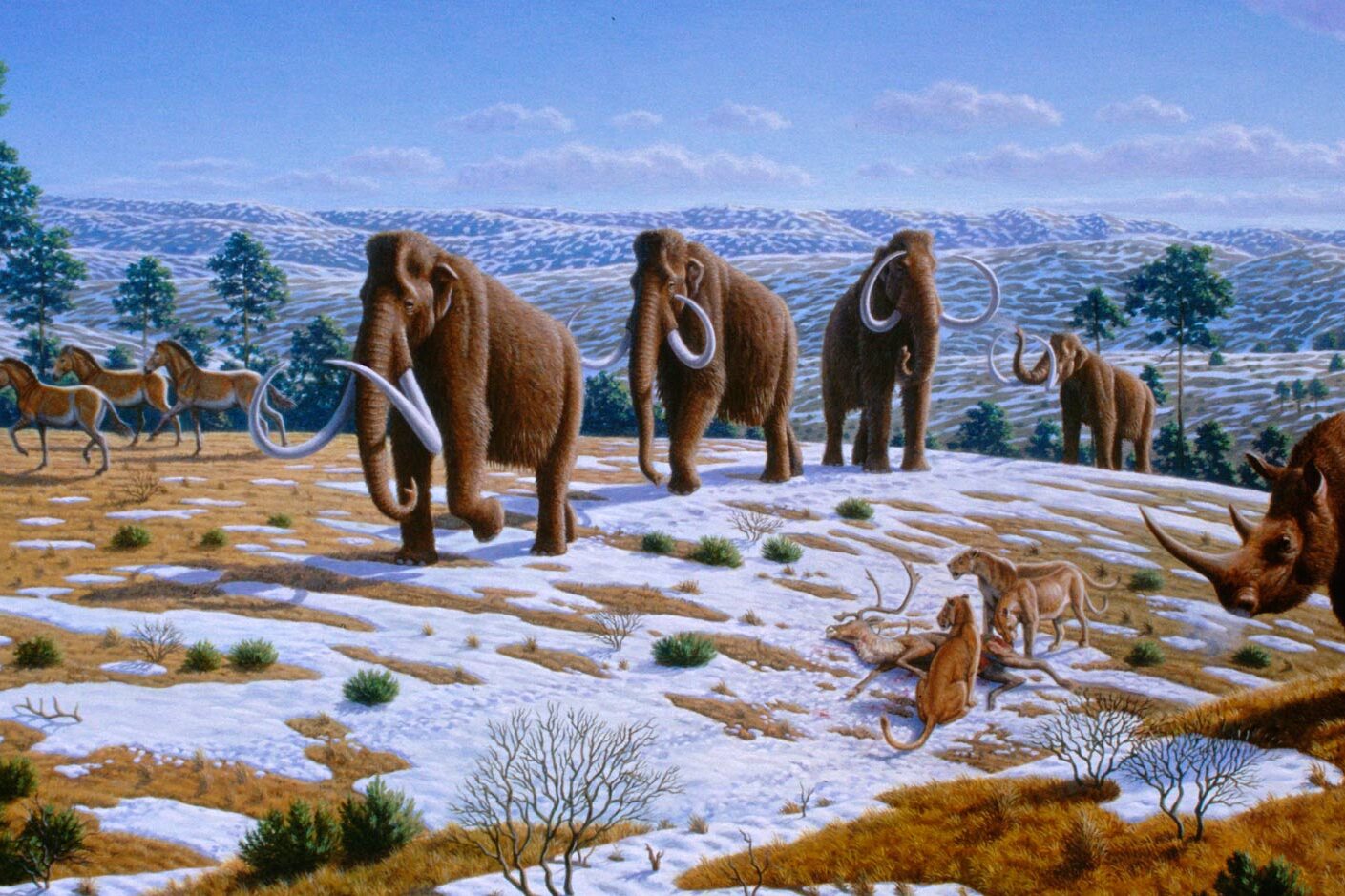
Roughly 11,700 years ago, the last Ice Age ended in dramatic fashion. Melting glaciers sent floods across continents, reshaping coastlines and drowning vast areas of land. Animals that once thrived vanished as environments changed rapidly. Human groups were forced to move, adapt, and invent new ways of living. Farming, permanent settlements, and the roots of civilization began during this turbulent time. What looked like a disaster instead pushed humanity toward growth and innovation. The end of the Ice Age tested survival but ultimately created opportunities for progress that changed the course of human history forever.
7. The Cretaceous Paleogene Extinction
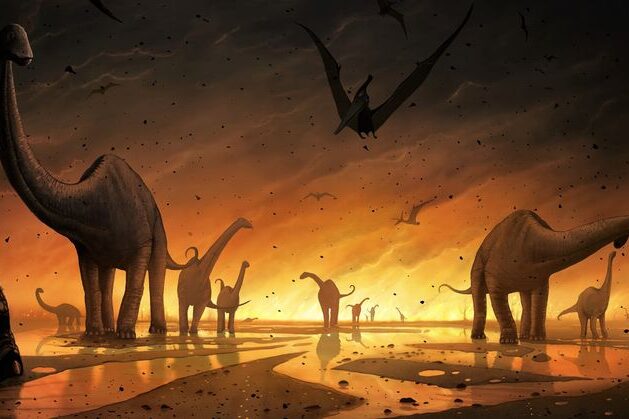
Sixty six million years ago, a massive asteroid struck the Earth, ending the age of dinosaurs. The collision triggered wildfires, tsunamis, and years of darkness as debris blocked the sun. Most large creatures disappeared, leaving a silent and devastated planet. Yet small, adaptable mammals survived by finding shelter and food in harsh conditions. From those tiny survivors, life slowly rebounded. Millions of years later, humans would appear. The Cretaceous Paleogene extinction shows how close life came to a dead end, and how survival often depends on the smallest, most resourceful creatures enduring through unimaginable change.
8. The Bronze Age Collapse
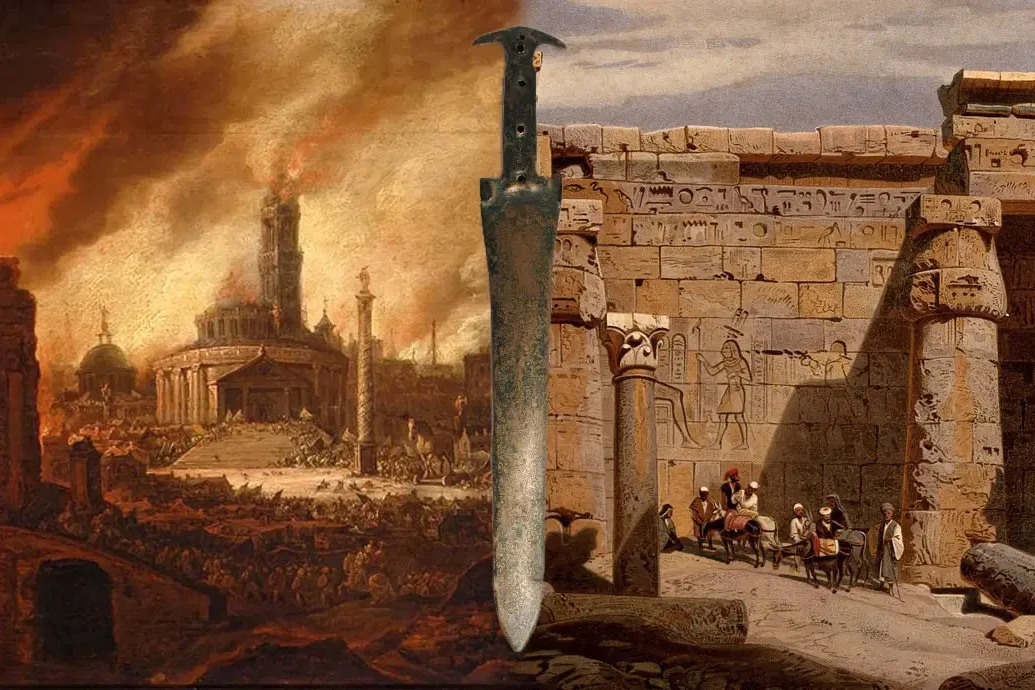
Around 1200 BCE, civilizations around the Mediterranean fell into ruin almost all at once. Mighty empires like the Mycenaeans and Hittites collapsed in what seemed like a chain reaction. Droughts, earthquakes, invasions, and failing economies created chaos that toppled entire systems. Writing disappeared in some regions, cities were abandoned, and cultures that had thrived for centuries vanished. Historians still debate the exact cause, but the effect is clear. Humanity faced a setback that erased centuries of progress. Yet out of the ruins, new societies slowly rose, proving once again the resilience of people to rebuild after collapse.
9. The 536 AD Mystery Cloud
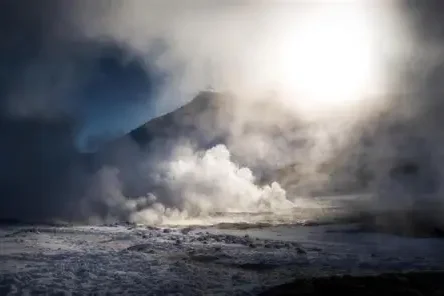
Historians call 536 AD one of the worst years to be alive. A mysterious cloud dimmed the sun for more than a year, plunging temperatures and ruining crops across the world. People lived through famine, disease, and endless cold. Some believe volcanic eruptions caused the haze, while others suggest a comet. Whatever the source, the results were devastating. Communities starved, empires weakened, and despair spread widely. Yet, humanity pressed on. Survivors adapted, generations recovered, and civilization continued. This dark chapter reminds us how fragile life is when nature turns harsh, but also how endurance shapes the human story.
10. The Cold War Nuclear Near Misses
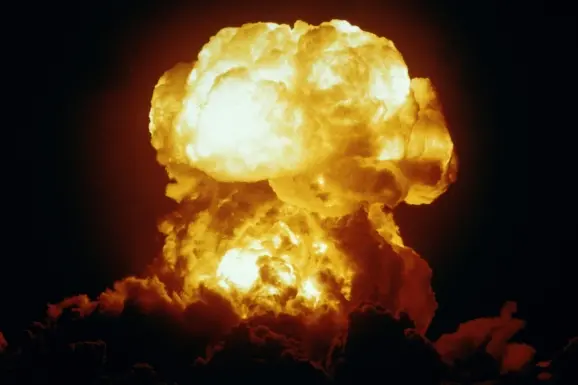
In the twentieth century, humanity nearly ended itself. During the Cold War, nuclear weapons stood ready to fire, and several times disaster was narrowly avoided. The Cuban Missile Crisis brought the world within minutes of all out conflict. In another case, a false alarm suggested missiles were incoming, but one officer hesitated to respond. His choice likely saved millions of lives. These near misses reveal how survival can hinge on decisions made in a moment. Unlike past natural disasters, these were dangers we created ourselves, and they highlight the importance of responsibility and restraint.
11. Future Threat Synthetic Biology

Looking forward, humanity’s greatest risks may come not from space or volcanoes but from our own science. Synthetic biology offers promise for curing disease and feeding populations. Yet it also carries dangers. Gene editing or laboratory accidents could unleash new pandemics beyond our control. The possibility of engineered viruses makes many experts cautious. Unlike past threats, this is one we can foresee. Our survival depends on careful choices and responsibility in how technology is used. History shows we have endured many trials, but the future will demand wisdom to avoid repeating the same fragile mistakes.
This story 11 Times Humanity Nearly Went Extinct (And How We Survived) was first published on Daily FETCH


